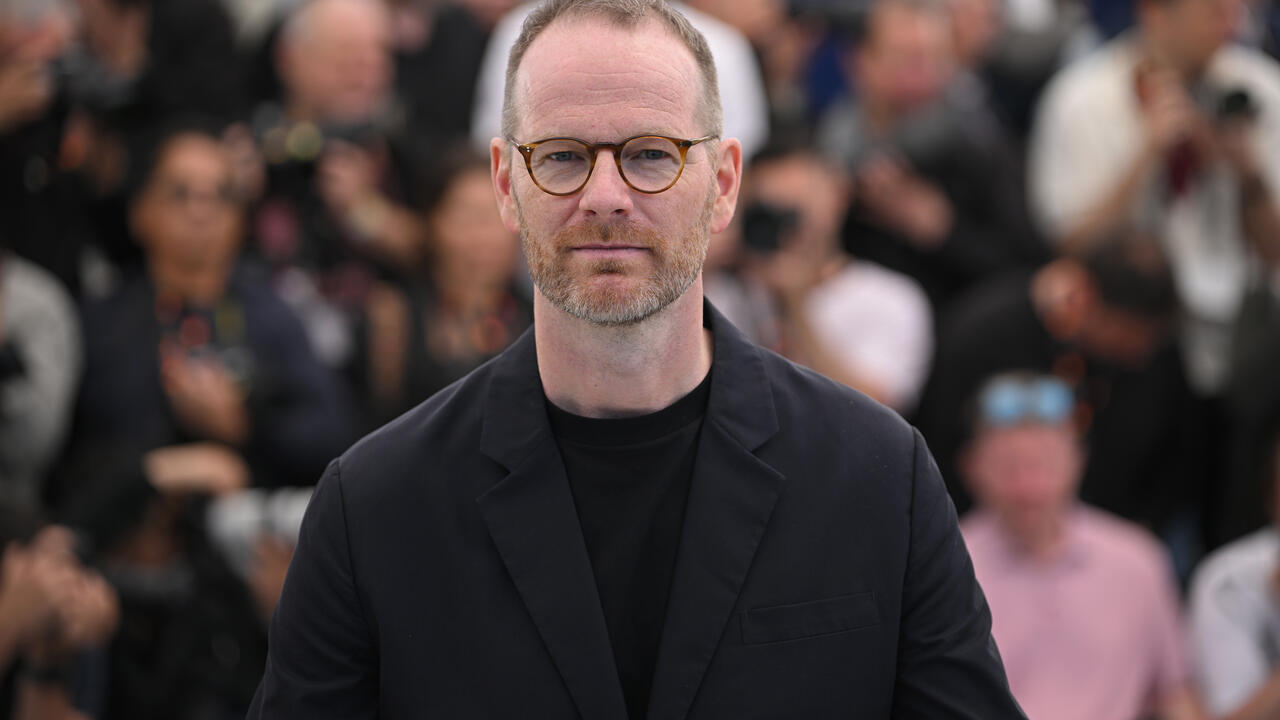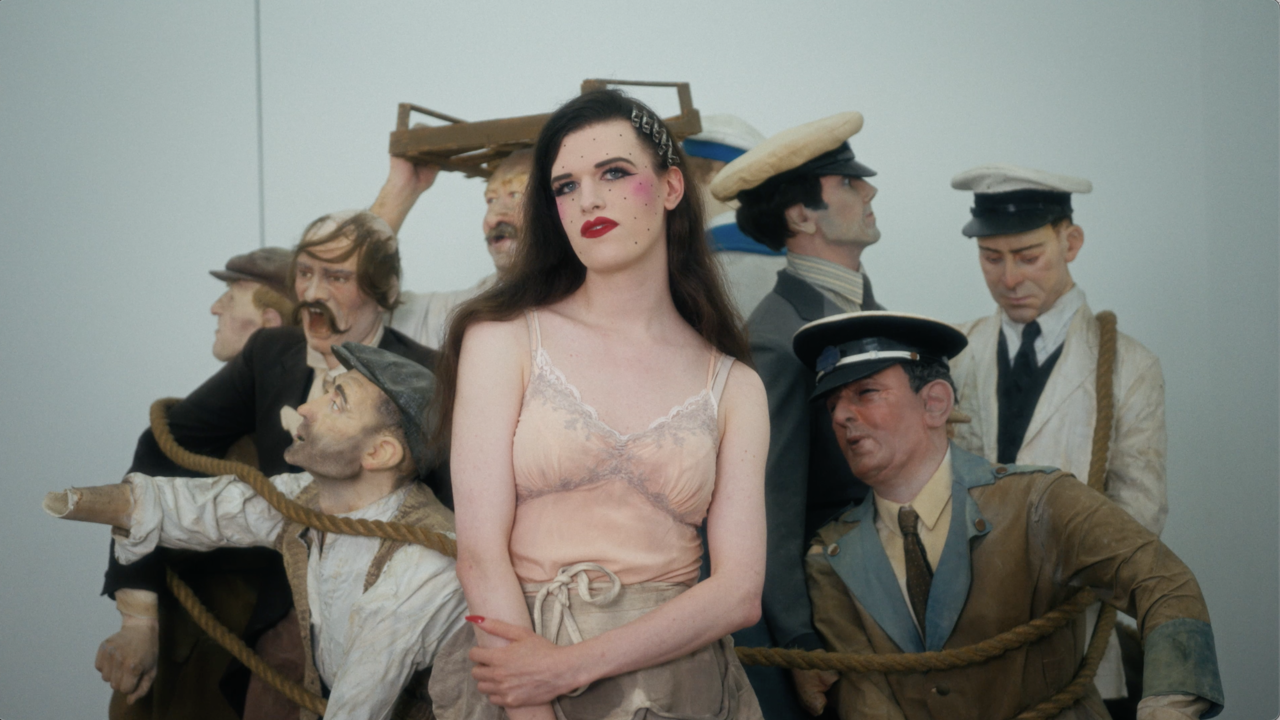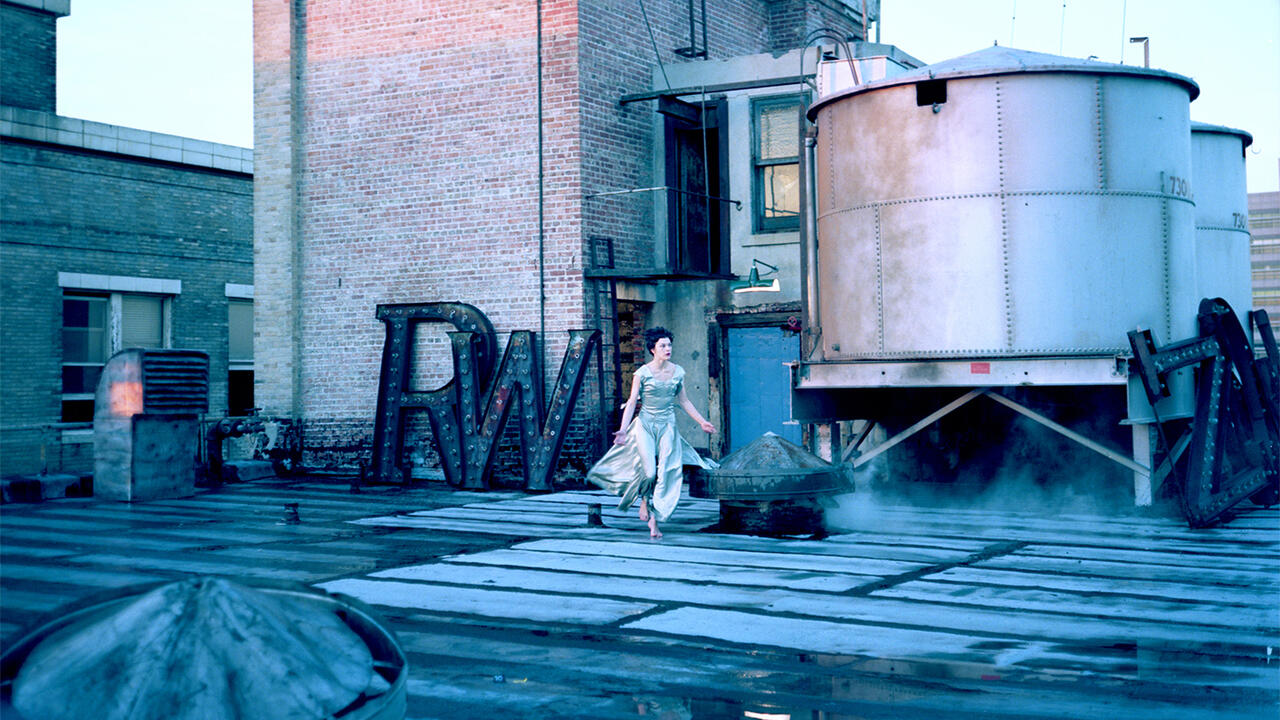In Focus: Mosireen
The recent activities of the Cairo-based film collective
The recent activities of the Cairo-based film collective

‘This video contains graphic images. Please be warned.’ These words on black leader open The Maspero Massacre: What Really Happened (2011), and the warning is all too painfully true.
Giant armoured personnel carriers (APCS) mow into fleeing crowds of peaceful protestors, banked by the Nile on one side and a concrete walkway on the other. Filmed on a multitude of mobile phones, the relentless revving of the huge vans seems completely otherworldly. The eerie yellow of the streetlights could have been taken from a decaying VHS copy of an old horror film. An immediate threat of violence is inscribed into the images as they are captured: the juddering shake of the footage as someone runs for their life; the soundtrack of agonized moans. These are murders happening before your eyes. Twenty-eight people are killed, their bodies laid out under strip lighting in a makeshift morgue. The APCs, which zigzagged into the crowds, were intent on absolute destruction.

The nine-minute film that Mosireen assembled from the phones of various witnesses captures a turning point in the relations between the Egyptian military – who appointed themselves de facto rulers of Egypt after president Hosni Mubarak’s resignation in February 2011 – and the public. Omar Robert Hamilton, one of the core group who co-founded the collective in February 2011, noted: ‘SCAF [the Supreme Council of Armed Forces] have repeatedly attacked the Egyptian people, but the [9 October 2011] massacre displayed violence and viciousness of a different magnitude, and repression on a dictatorial level.’ Narrated by protestors who witnessed the atrocity, The Maspero Massacre encapsulates the ethos and determination of Mosireen, whose name is a play on the Arabic words for ‘Egypt’ and ‘determined’. The film bears witness, but also situates the horror within the recent trajectory of Egyptian history. It is now a document to be archived amongst the hundreds of other films that comprise Mosireen’s ever-growing archive, by a group of filmmakers, activists, actors and artists. In January 2012, Mosireen’s was the most-watched not-for-profit YouTube channel in the world.
Given that a public survey from a year earlier reported that 84 percent of Egyptians relied on state-owned TV for their news, Mosireen’s digital ubiquity was a major coup. The battle for images and the narratives they afforded raged during the revolution. Images beamed from the mass of protestors in Tahrir Square contradicted the state broadcasts, which worked hard to downplay the size of the dissident movement and smeared its members with false links to Al Qaeda, Iran and Israel. On YouTube, page upon page of videos – all painstakingly subtitled in English – revealed a brutality hitherto unknown to the watching global audience. In this context, the figure of the foreign correspondent, artificially dropped in front of some anonymous crowd, seemed laughably archaic compared to the footage – by turns thrilling and devastating – that Mosireen was assembling. The Guardian’s live blog was replete with images from the collective, narrated by aphoristic tweets and status updates, which reflected the flux of a political narrative changing hourly and the new form of journalism that it demanded. From the frontline – as shots were fired, women were sexually assaulted, peaceful protestors were mauled, and activists, bloggers, writers and editors were detained and beaten – Mosireen were fearlessly creating a democratic, open-access image archive that bore witness to it all.

They set up camp in downtown Cairo towards the end of the revolution, in February 2011, in an old apartment that they repurposed as a large public working space and an editing room. Various political and public campaigns were cultivated inside the Mosireen walls: the Police Reform Initiative, which brought together lawyers, academics and activists to comprehensively plan for systematically and strategically reforming the police forces in Egypt; and Tahrir Cinema, which to this day screens revolutionary footage and world cinema to the public for free. From the initial roots of dissident activity, the group’s founders identified what they needed in order to nurture the oncoming revolution: editing software, media training, a fast Internet connection for live-streaming, cameras for rent and a quiet place to work. In their recent Kickstarter campaign, which received overwhelming financial support, Mosireen declared that they would ‘keep making films, films that support civilian campaigns, films that press for social justice, films that expose state narratives’.
Two years on, Mosireen’s activism continues. They recently released a new film, Sexual Torture under Mubarak, SCAF & the MB (2013), exposing the devastating use of sexual violence by police and military forces. They have carved out an alternative image economy that enables them to exist beyond commercial media streams and, in encouraging others to join them, have reconnected dispersed audiences. Further, in their embrace of low-quality footage, they’ve nurtured a more democratized relationship with the moving image, via the mobile phone. Mosireen have also invested in training a new cohort of activist filmmakers in Egypt, and many of their films deftly fuse on-the-ground footage with interviews and documentary film techniques. They’ve proved that, despite the visual noise of the Internet, ubiquity and openness don’t decrease the value of the moving image: in fact, the opposite is true. In the media-saturated digital landscape, as the prominent film archivist Rick Prelinger has written time and time again: ‘Ubiquity equals value.’
What might have begun as an idealistic disruption of the status quo has grown into a startlingly powerful collective of image-making with far-reaching implications. Mosireen excavate what it is to collaborate, and what it means to share an experience – whether amongst a mass of protestors or a digital community that stretches across continents, from the Occupy movement to the filmmaking collective Chop Cassava in Nigeria, who documented the largest peaceful protests contemporary Africa has ever seen. A culture of sharing and openness – all of Mosireen’s films are licensed under Creative Commons – enables cross-continental links to be forged around these alternative image economies. As Hamilton recently wrote: ‘Our revolutions must be among the most recorded events of all time. The gap between the classical, expensive production process and the disposability of daily life is being ever more tightly bridged. Every mobile phone now has the power to challenge, to become the narrative.’
Mosireen is a non-profit media collective born out of the explosion of citizen journalism and cultural activism in Egypt during the revolution. They continue to upload video content on their YouTube channel regularly. A selection of their work will be presented by Omar Robert Hamilton on 1 September 20 13 as part of ‘Africa is a Film’ at Bold Tendencies, London (the series is co-organized by the author).






















